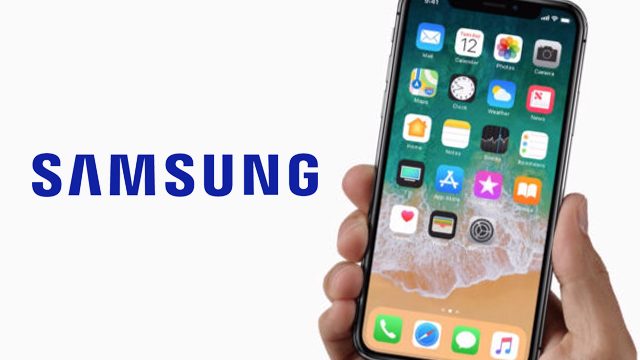SUMMARY
This is AI generated summarization, which may have errors. For context, always refer to the full article.

MANILA, Philippines – For years, Apple has been sticking to tried-and-tested but rather old LCD display technology.
With its iPhone X, the tech giant finally jumps onto the OLED bandwagon, currently the display technology favored by smartphone brands today.
Apple calls theirs “Super Retina,” an OLED display that Apple says finally meet their standards – and one that allowed them to do an edge-to-edge screen. OLEDs are known for being slimmer, thinner, and more power-efficient, but most of all, can be curved or bezel-free. Apple is known to have perfected LCD screens with the iPhone 7, so they had to turn a new leaf with OLEDs, which allowed for the X’s edge-to-edge display.
Supply monopoly
You know who else does edge-to-edge? Samsung. In fact, the South Korean company is currently Apple’s only source for the OLEDs, as reported by investment consultancy firm KGI Securities.
Its analyst, Ming-Chi Kuo, in a note to investors prior to the September 12 unveiling of the X, predicated that Samsung is the only company able to supply Apple with the screens.
With a huge dependence on Samsung screens, Kuo said that “Apple is in urgent need of finding a second source of OLED.” He estimated that Apple pays around $130 to $140 per screen, a huge rise from the $45 to $55 that the screens for the iPhone 7 cost.
According to dedicated Apple news site, Apple Insider, no other OLED supplier has the volume and the quality that the iPhone X demands. There are several other OLED suppliers out there, but none are yet able to produce the quantity and quality that Apple needs – and that for some time, this will be the case, said the site.
In April, it was reported that Apple had ordered 70 million OLEDs from Samsung. And in June, reports said that Apple had begun developing its own OLED tech to lessen its dependence on Samsung.
OLEDs, the newer technology, are known to be more complicated to manufacture than traditional LCDs, and thus, have fewer reliable suppliers. Samsung is said to own a huge chunk of the OLED patents, and as a result, produces a huge majority of the world’s OLEDs – up to 97.7% of global production in April 2016, in fact.
The big jump in screen cost is clearly a reason why the iPhone X has become the most expensive iPhone ever, with the 64GB version at $999 while the 256GB version is $1,149.
Without a second supplier, Kuo also said that due to component supply constraints, production of the iPhone X will be at less than 10,000 per day or less than 1 million in a quarter. As Business Insider reports, that production volume will not be able to match the huge consumer demand that some analysts expect: 5 million units on the phone’s first week of sales.
The impact: consumers will have to either wait a considerable amount of time or opt for another flagship. – Rappler.com
Add a comment
How does this make you feel?
There are no comments yet. Add your comment to start the conversation.